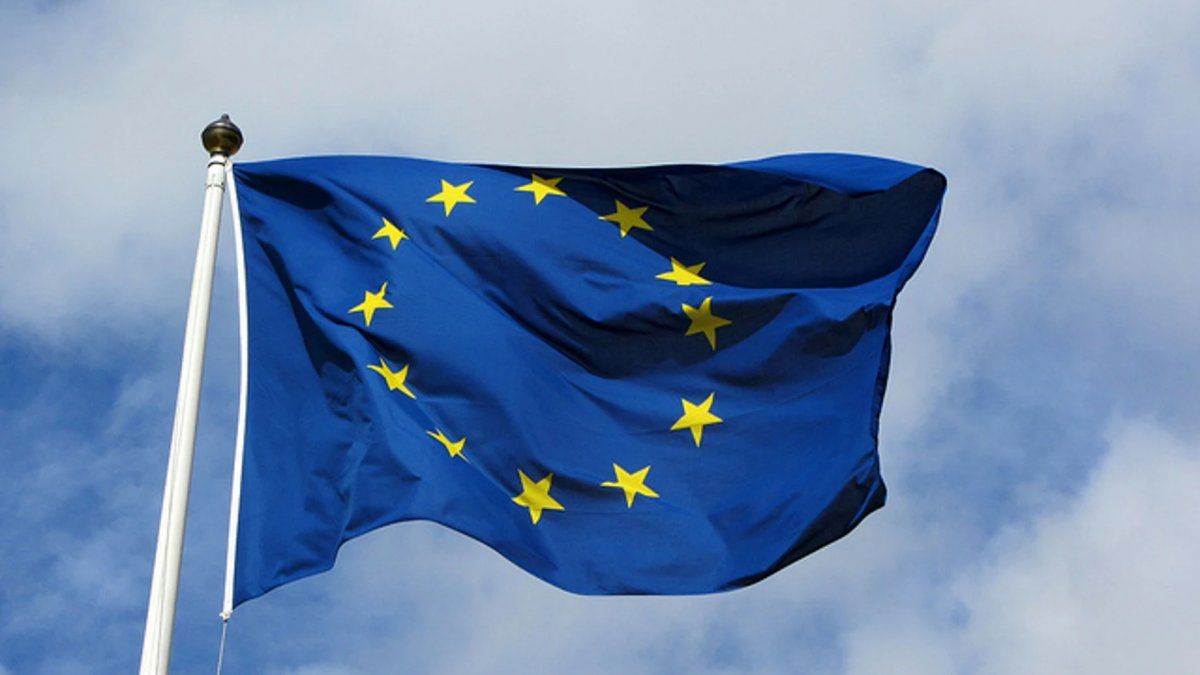For consumers, the news is bitter: energy prices are rising and rising – with consequences for the rate of inflation as a whole.
A sharp jump in energy prices further fueled inflation in Germany in October.
Consumer prices rose by 4.5 percent compared to the same month last year, as the Federal Statistical Office announced on Thursday based on preliminary data. The Wiesbaden authority last measured an inflation rate of 4.5 percent in October 1993. In September, inflation had already passed the four percent mark at 4.1 percent.
Compared to September, consumer prices rose by 0.5 percent in October.
Higher inflation weakens the purchasing power of consumers because they can then buy less for one euro than before. According to preliminary data, people in Germany had to dig deep into their pockets in October for energy, which rose sharply by 18.6 percent within a year. The rise in prices thus accelerated. In September the increase was 14.3 percent and in August 12.6 percent.
Rising energy prices have been fueling inflation for some time. In addition, the withdrawal of the temporary VAT cut is now having a full impact. The regular VAT rates have been in effect again since January 2021, so goods and services are tending to become more expensive again. In addition, there are material shortages and delivery bottlenecks as well as the introduction of the CO2 tax. Since the beginning of the year, 25 euros per tonne of carbon dioxide that is created when diesel, gasoline, heating oil and natural gas are burned have been due.
In the corona crisis year 2020, inflation rates were partially negative. With the global economic recovery, the demand for raw materials and intermediate products such as semiconductors has increased significantly.
“Aftermath of the pandemic”
“A significant part of the increase in recent months is mainly due to the economic aftermath of the pandemic and will recede next year,” argued KfW chief economist Fritzi Köhler-Geib. According to Commerzbank chief economist Jörg Krämer, inflation could even rise to 5 percent in November. “After the turn of the year, the rate of inflation will fall again because special effects such as the renewed increase in VAT will no longer apply. But I warn against playing down the longer-term inflation risks. “
Inflation is an important yardstick for the monetary policy of the European Central Bank (ECB). The central bank is aiming for an annual inflation rate of 2 percent for the currency area of the 19 countries and is at least temporarily ready to accept a moderate rise or fall below this mark. From the perspective of the central bank, the current rise in inflation is temporary.
Europe’s monetary watchdogs therefore stuck to their cheap money course on Thursday. An end to the low interest rates in the euro zone is not in sight for the time being. The Governing Council left the key interest rate for the currency area of the 19 countries at the record low of zero percent. The ECB Council will only decide in December how it will continue with the billion-dollar bond purchases.
In the common currency area, the inflation rate climbed to 3.4 percent in September. That is the highest level in 13 years.
Jane Stock is a technology author, who has written for 24 Hours World. She writes about the latest in technology news and trends, and is always on the lookout for new and innovative ways to improve his audience’s experience.




